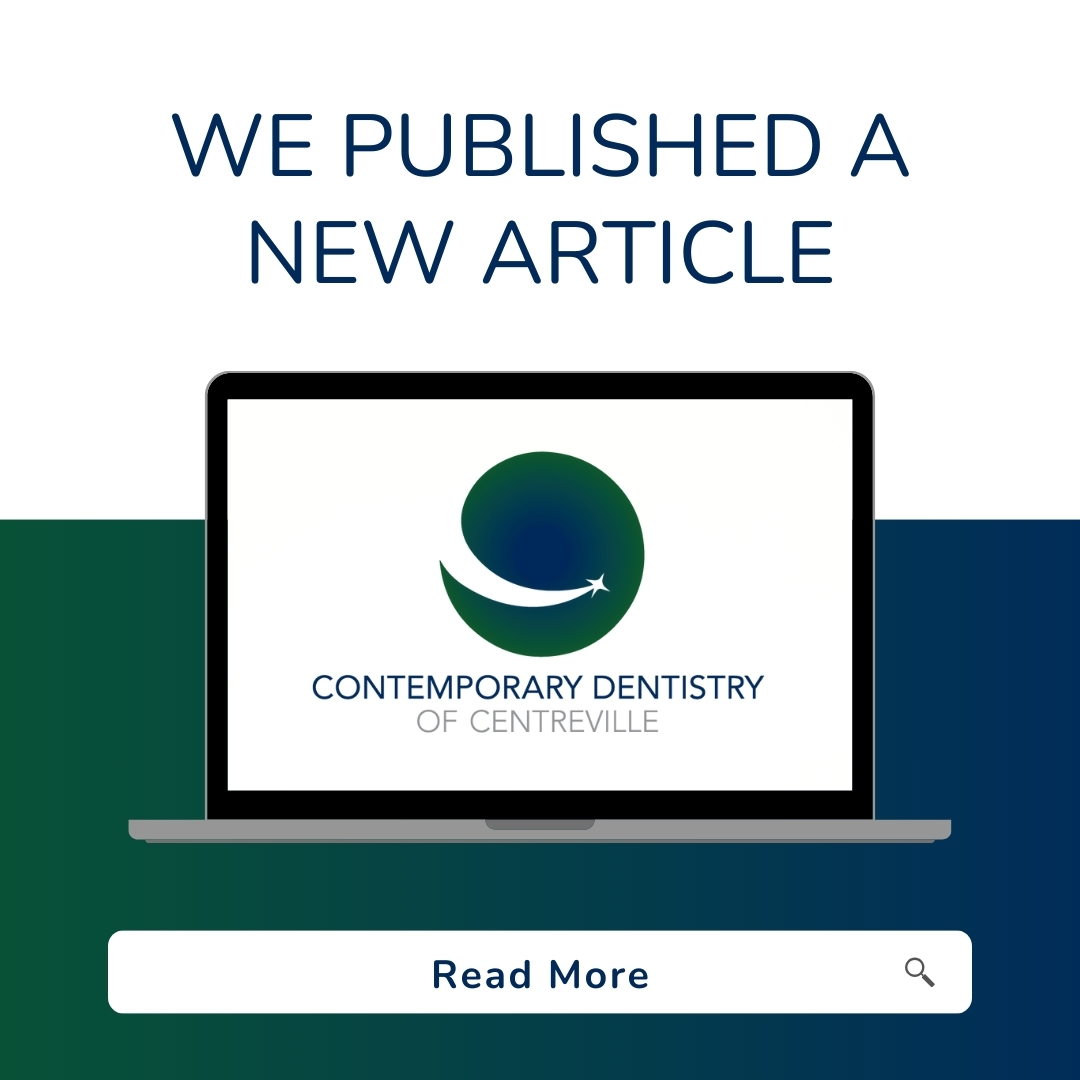
YOU MIGHT BE TEMPTED to think that because wild animals can’t do much for their dental hygiene, pets like dogs and cats don’t need dental care either. In reality, keeping your pet’s teeth healthy will help them have a longer, healthier, and happier life!
Why Do Pets Need Dental Care?
Our pets need dental care for the same reasons we do. Their mouths contain bacteria that coat their teeth in plaque, which, if not removed, calcifies into tartar and can easily lead to tooth decay and gum disease.
Your dog or cat can’t tell you if something is wrong with their teeth, so these conditions are often easy to miss, but they are alarmingly common. By age three, 85 percent of dogs and cats get periodontal disease. Common symptoms of periodontal disease in a pet are difficulty chewing, tooth loss, and even bad breath. You can also check for loose teeth, bleeding or swollen gums, and reduced appetite.
Taking Care Of Their Teeth
Even if your pet is showing none of the above symptoms, the best time to begin a dental hygiene regimen for them is now. If they are already suffering from poor oral health, your efforts will dramatically improve their quality of life. If they aren’t, then you’ll be able to keep them healthy!
Here are a few things you can do to keep your pet’s pearly whites in good shape:
- Brush their teeth once a day. You only need to brush the outsides of their teeth, and it should take less than a minute, but doing it on a daily basis is crucial!
- Regular fluoride toothpaste will make your pet sick, so make sure to only use veterinary toothpaste, if any. It might work better as a treat after brushing to encourage them to cooperate.
- Give them veterinarian-approved dental treats to chew on. The right chew toys won’t just help with stress and boredom — they’ll also help with oral health!
- Take them in for professional teeth cleanings! Your veterinarian might offer this service, and if not, they can recommend a good veterinary dental specialist.
For more tips on pet dental care, listen to the Dog Whisperer himself:
Your Pets Are Worth It!
We know that training your pet to get used to a toothbrush isn’t always easy, but there are plenty of resources available to help you, including your veterinarian and our practice. Keep persevering until it becomes a habit for both you and your pet.



















